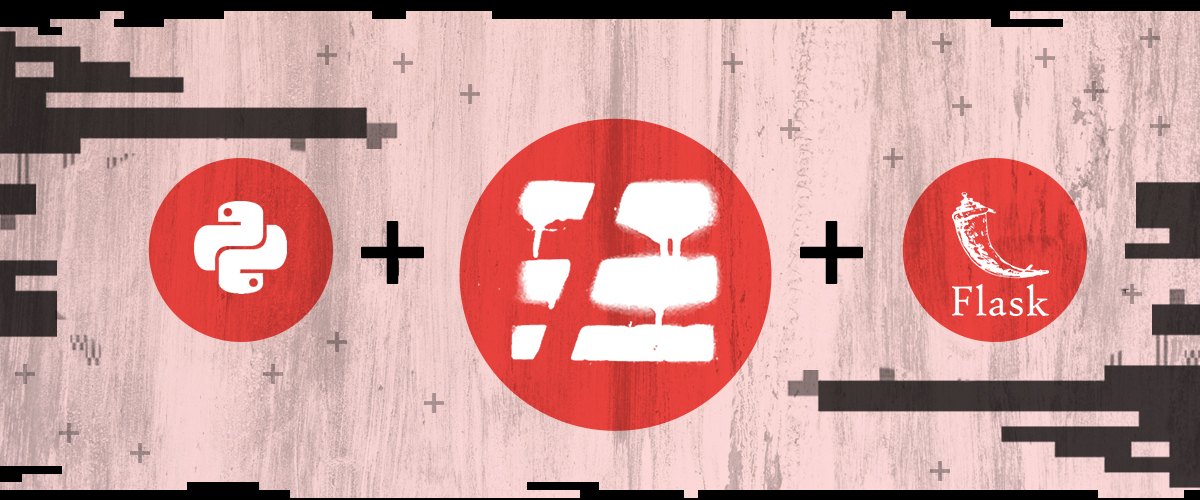Data entry is a tedious and time-consuming task that many businesses and organizations have to deal with on a daily basis. It involves manually inputting data from various sources into a database or spreadsheet, which can be prone to errors and inconsistencies. However, with the advancements in technology, there are now ways to automate data entry and save time and resources. In this article, we will explore how to automate data entry with Python and the benefits it can bring to your business.
Why Automate Data Entry?
Data entry is a necessary but repetitive task that can take up a significant amount of time and resources. It involves manually inputting data from various sources, such as paper forms, emails, or PDFs, into a database or spreadsheet. This process is not only time-consuming but also prone to human error, which can lead to data inconsistencies and inaccuracies.
Automating data entry can help businesses and organizations save time, reduce errors, and improve efficiency. By using technology to handle data entry, employees can focus on more important tasks, such as data analysis and decision-making. Additionally, automation can help streamline the data entry process, making it more consistent and accurate.
How to Automate Data Entry with Python
Python is a popular programming language that is widely used for data analysis and automation. It is a powerful tool that can help businesses and organizations automate their data entry process. Here are the steps to automate data entry with Python:
- Identify the data sources: The first step in automating data entry with Python is to identify the data sources. This can include paper forms, emails, PDFs, or any other source that contains the data you need to input.
- Extract the data: Once you have identified the data sources, the next step is to extract the data. This can be done using various Python libraries, such as PyPDF2 for PDFs, Beautiful Soup for web scraping, or PyAutoGUI for extracting data from images.
- Clean and format the data: After extracting the data, it is essential to clean and format it to ensure consistency and accuracy. This can be done using Python libraries such as Pandas, which can help with data cleaning and manipulation.
- Create a database or spreadsheet: The next step is to create a database or spreadsheet to store the data. This can be done using Python libraries such as SQLite or Pandas.
- Automate the data entry process: Once the data is extracted, cleaned, and formatted, the final step is to automate the data entry process. This can be done using Python libraries such as PyAutoGUI, which can simulate keyboard and mouse actions to input the data into the database or spreadsheet.
Benefits of Automating Data Entry with Python
Automating data entry with Python can bring numerous benefits to businesses and organizations. Here are some of the key advantages:
- Time-saving: Automating data entry can save a significant amount of time and resources. By using Python to handle data entry, employees can focus on more important tasks, such as data analysis and decision-making.
- Reduced errors: Manual data entry is prone to human error, which can lead to data inconsistencies and inaccuracies. By automating data entry with Python, you can reduce errors and ensure data accuracy.
- Improved efficiency: Automation can help streamline the data entry process, making it more consistent and accurate. This can lead to improved efficiency and productivity.
- Cost-effective: Automating data entry can help businesses and organizations save money by reducing the need for manual labor and resources.
- Scalability: Python is a scalable programming language, which means it can handle large amounts of data without any performance issues. This makes it an ideal tool for automating data entry for businesses and organizations of all sizes.
Real-World Examples of Data Entry Automation with Python
Many businesses and organizations have already started using Python to automate their data entry process. Here are some real-world examples:
- A healthcare company used Python to automate the data entry process for patient records. By extracting data from paper forms and inputting it into a database, they were able to save time and reduce errors.
- A retail company used Python to automate the data entry process for inventory management. By extracting data from supplier invoices and inputting it into a spreadsheet, they were able to improve efficiency and reduce costs.
- A marketing agency used Python to automate the data entry process for lead generation. By extracting data from web forms and inputting it into a CRM system, they were able to save time and improve lead quality.
AmetricX to Database with Pandas
For more information read the Generate API Key documentation
Navigate to settings from the top bar

Under API KEYS click on Add Api Key

Click on Add Api Key to create a new key).The actual key will display only once and cannot be retrieved afterward.

For additional details, read the CSV File Exchange API documentation
import pandas as pd
file_id = <FILE ID> # See examples to get the FILE ID https://docs.ametricx.com/file_api/reference/#curl-example_1
df = pd.read_csv(
'https://trial.ametricx.com/api/v1/file/download/{file_id}'.format(file_id=file_id),
storage_options={'Authorization': 'Bearer <YOUR API KEY>)
We use sqlalchemy to create and “engine” to pass to pandas
import sqlalchemy as sa
engine = sa.create_engine('postgresql://ametricx:ametricx@localhost:5432/ametricx')For this example, we append the data to an existing table. Please read the pandas.Dataframe.to_sql documentation for additional details
df.to_sql('metrics_store', engine, if_exists='append', index=False)import pandas as pd
import sqlalchemy as sa
file_id = FILE_ID # See examples to get the FILE ID https://docs.ametricx.com/file_api/reference/#curl-example_1
df = pd.read_csv(
"https://trial.ametricx.com/api/v1/file/download/{FILE_ID}".format(FILE_ID=FILE_ID),
storage_options={'Authorization': 'Bearer {API_KEY}'.format(API_KEY=API_KEY)})
engine = sa.create_engine('postgresql://ametricx:ametricx@localhost:5432/ametricx')
df.to_sql('metrics_store', engine, if_exists='append', index=False)Best module for Automating Data Entry with Python
There are various tools and libraries available for automating data entry with Python. By far Pandas provide the most flexibility.
Pandas
Pandas is a Python library that can be used for data manipulation and analysis. It can help with data cleaning, formatting, and manipulation, making it an essential tool for automating data entry.
Best Practices for Automating Data Entry with Python
To ensure a successful data entry automation process, here are some best practices to keep in mind:
- Identify the data sources: Before automating data entry, it is essential to identify the data sources and understand the format of the data.
- Clean and format the data: Before inputting the data into a database or spreadsheet, it is crucial to clean and format it to ensure consistency and accuracy.
- Test the automation process: Before implementing the automation process, it is essential to test it thoroughly to identify any errors or issues.
- Monitor the process: It is essential to monitor the automation process regularly to ensure it is running smoothly and to identify any potential issues.
- Update the process as needed: As your business or organization grows, it is essential to update the automation process to handle larger amounts of data and new data sources.
Conclusion
Automating data entry with Python can bring numerous benefits to businesses and organizations, including time-saving, reduced errors, and improved efficiency. By following the steps outlined in this article and using the right tools and best practices, you can successfully automate your data entry process and improve your overall business operations.











